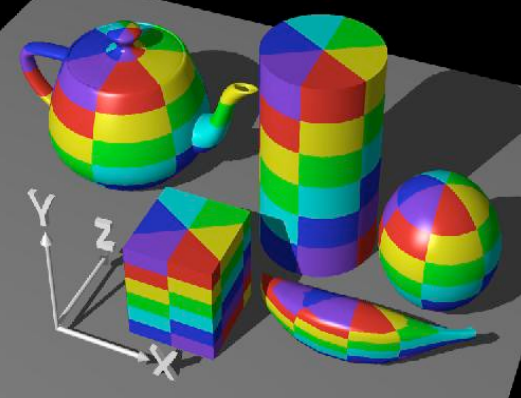Texture mapping
Texture Mapping is the process of relating texture to geometry
Approaches:
- Create an intermediate Mapping
– Map the texture onto a simple intermediate surface
- – Map the intermediate surface to the final object
Intermediate objects
- Plane (Planar UV MApping)
- Sphere (Spherical UV Mapping)
- Cylinder (Cylindrical UV Mapping)
- Cube (Box UV Mapping)
Planar UV Mapping
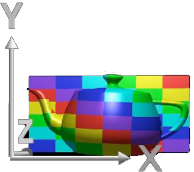
Project to an axial plane, e.g. drop z coord (u,v) = (x, y)
Result:
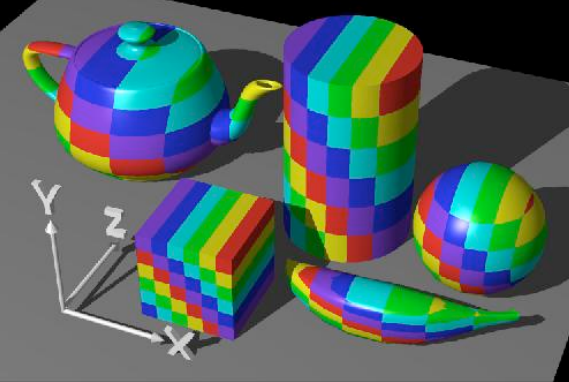
Spherical UV Mapping
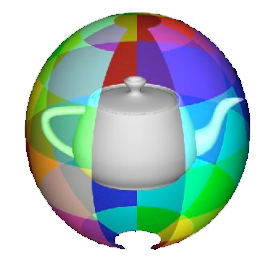
Given a point (x,y,z), convert it to spherical coordinate coordinates (theta,phi)
Result:
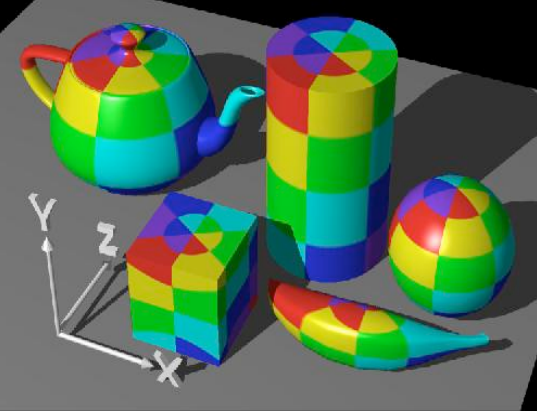
Cylindrical UV Mapping
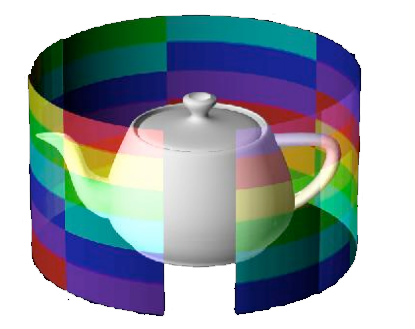
Given a point (x,y,z), convert it to cylindrical coordinates (r, theta, z) and use (theta,z) as the 2D texture coordinates.
Result:
